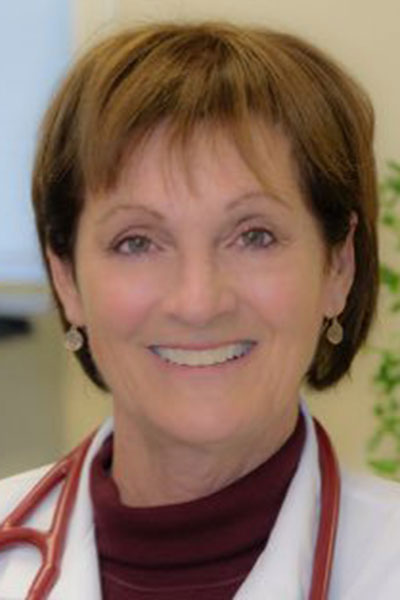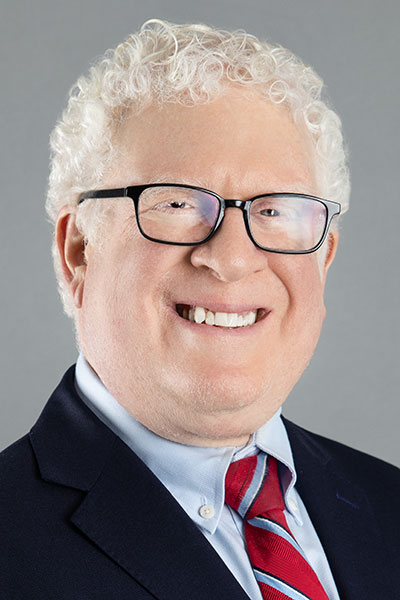
Clinician burnout is a pervasive issue in medicine. And although it is very personal to the individuals experiencing it, it is a systemic problem that requires a systemic solution, says Marie Brown, MD, Director of Practice Redesign, American Medical Association (AMA).
“The research shows that in some places, 50% of what the provider is doing now is unnecessary. It’s duplicative. It could be delegated to a team member with less formal education,” Dr. Brown said. “That is what leads to clinician burnout, because that time we are distracted from our patients prevents us from delivering quality care.”
She will be part of a professional development panel discussing evidence-based approaches to preventing and addressing clinician burnout on Monday, June 26. Cultivating Provider Resiliency and Preventing Burnout will take place at 11:30 a.m. PT in Ballroom 20A-C in the San Diego Convention Center. This session also will be available via livestream for registered meeting participants.
“As the organization in diabetes that represents all of the clinicians focused on diabetes care, it’s important for the American Diabetes Association® (ADA) to address this,” said ADA Chief Scientific and Medical Officer Robert Gabbay, MD, PhD. “The consequences of burnout are certainly personal for the individual, but they also have consequences from the organizational point of view: turnover, lower quality of care, patient satisfaction—a number of things that fall downstream of that individual being burnt out.”
Burnout has already contributed to a reduction in the workforce dedicated to caring for patients living with diabetes.
“There is a shortage of diabetes providers currently. People are leaving the profession,” Dr. Gabbay said. “We can’t afford to lose anyone.”

Psychologist Jill Weissberg-Benchell, PhD, CDCES, Lurie Children’s Hospital, will offer examples of how to cultivate provider resiliency, and Dr. Brown will explain how to effectively address provider burnout using real-world examples of success centered on practice efficiency.
“We need to separate production line work, like a standing order for a diabetes educator, from solution work where the patient comes in and says, ‘I have a little heaviness in my chest. I don’t know what’s going on there,’” she said. “That’s what a clinician should be doing. Clinicians should not be trying to remember whether the patient went to the diabetes educator.”
By reducing clinician busywork, providers have more time to build rapport with patients and work with care teams to become more effective.
Patients under the care of a clinician dealing with burnout experience worse outcomes, their vaccination rates are lower, their A1Cs are higher, and their blood pressures are higher, Dr. Brown noted.
“The clinician who is experiencing symptoms of burnout is going to refer more. They’re going to make more medical errors. They’re going to have lower patient satisfaction ratings,” she explained. “And clearly, their outcomes are going to be lower.”
Providers experiencing burnout also are more likely to turn to substance use to self-medicate and are at a higher risk for suicide.
The COVID-19 pandemic heightened awareness of clinician burnout among the general public, but the issue is far from new and it’s not limited to one type of provider.
“Many times what is talked about is physician burnout, but given that diabetes is such a team sport, we’re broadening the conversation to talk about health care professionals and burnout,” Dr. Gabbay said. “It’s not just physicians, and although some of the solutions are physician-specific, some are not.”
AMA STEPS Forward® offers the following free, open-access resources for addressing clinician burnout.
- Saving Time Playbook
- Taming the EHR Playbook
- Private Practice Playbook
- Mentoring for Impact
- De-implementation Checklist
- STOP This, START That Checklist
- AMA Debunking Regulatory Myths
- Racial and Health Equity: Concrete STEPS for Health Systems
- Getting Rid of Stupid Stuff – Reduce the Unnecessary Burdens for Clinicians

